Paris is an old city. But, ironically, the symbol that most people associate with Paris is rather new: the Eiffel Tower. Built for the 1889 Universal Exposition in Paris, this giant hunk of metal sees a constant stream of protesters, tourists, pickpockets, damage threats, soldiers carrying machine guns, tour buses, and fitness buffs.
The line up to pay for the elevators is long and if you are willing to walk the 704 steps to the second level, you can bypass the people and use a shorter queue. Once at the second level, you can still purchase tickets to the very top. Navigating your way through the myriad of online tricksters, scams, and fake sites to purchase tickets will also help you bypass the payment queue… but you will still have to wait for an elevator.
The walk is very windy and cold but the views of Eiffel’s detailed metalwork and of Paris are certainly worth the effort.
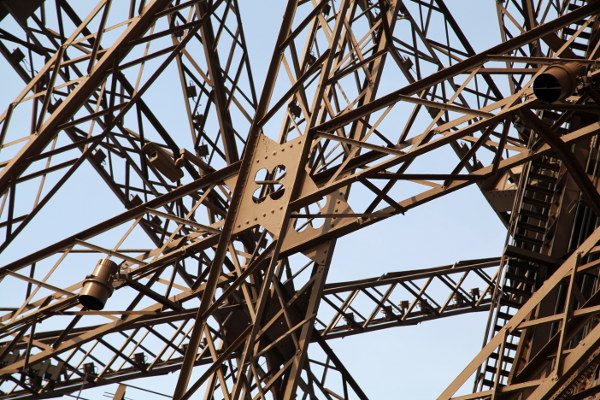
Alexandre Gustave Eiffel was the structural engineer responsible for architecting many metal bridges, buildings, and towers around the world. He was particularly good at building metal structures that could withstand wind. To date, all of his creations still stand. Some of the more notable include: the Bordeaux bridge (1860), the Toulouse railway station (1865), the Catedral de San Marcos de Arica (1876), the Maria Pia Bridge (1877), the Garabit Viaduct (1884), and the Statue of Liberty (1886), which he fully assembled in France to ensure his structural concepts were sound, then disassembled before sending to New York.
Like mentioned above, the Eiffel Tower was built for the 1889 Universal Exposition in Paris. It’s arrival in the city received a lot of criticism from locals and artists who saw the creation as a blight on the face of Paris and called it a “giant and disgraceful skeleton”.
Some of the more vocal opponents to the monument included Guy de Maupassant and Alexandre Dumas, who petitioned and later (with locals) sued the government to stop its construction. “The Eiffel Tower is, without doubt, the dishonour of Paris. Everyone feels it, everyone says it, everyone is profoundly saddened by it.” The lawsuit failed and as the tower went up, opposition evolved into delight as the Eiffel’s Tower became the toast of the city.
During one of our bus tours, the bad English audio began the story of a French seamstress who built a suit that would allow her to fly off the tower. The audio cut out before the complete story was told and left us wondering what happened to this lady.
I believe the person who the audio was referring to was actually a man: Franz Reichelt, a tailor and inventor who built a parachute suit that he thought would allow him to fly from great heights. He petitioned to attempt a flying experiment off the Eiffel Tower, but when he arrived on February 4, 1912, rather than experiment with a dummy he actually put on his parachute suit and leapt off the tower to his death. Unfortunately, you can actually watch his failed jump on Youtube because the media were out enforce to video Reichelt’s experiments.
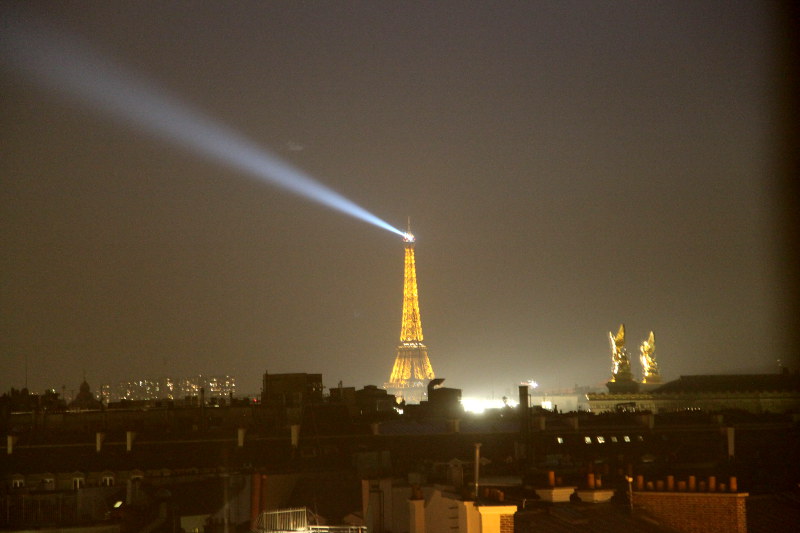
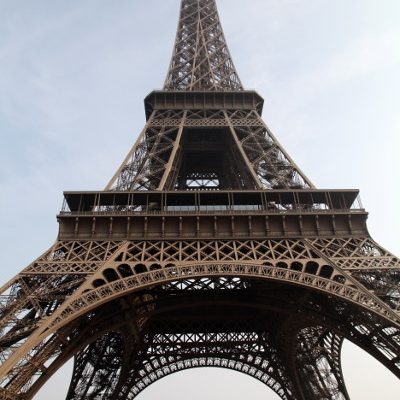
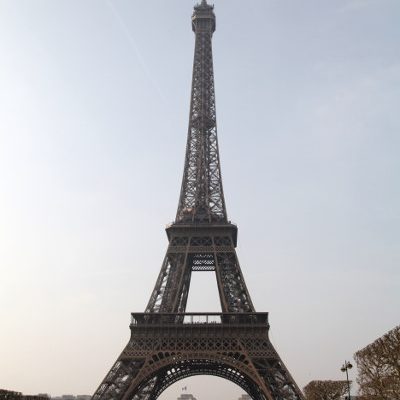
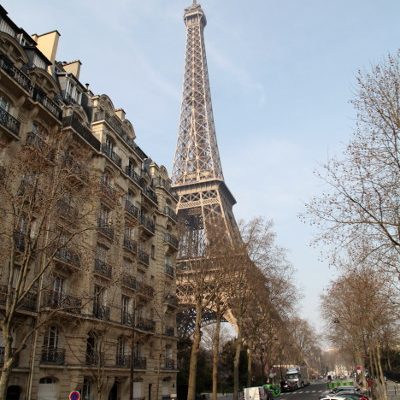

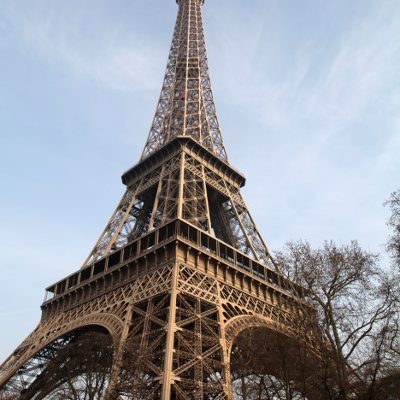

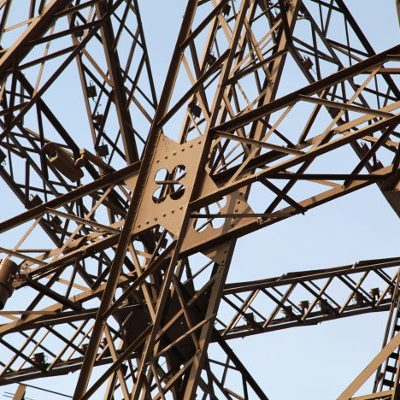
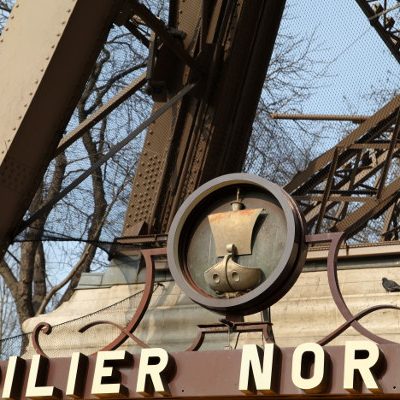
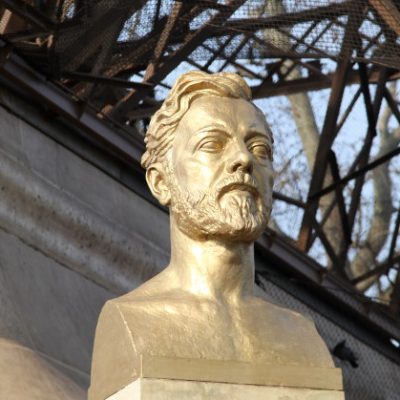
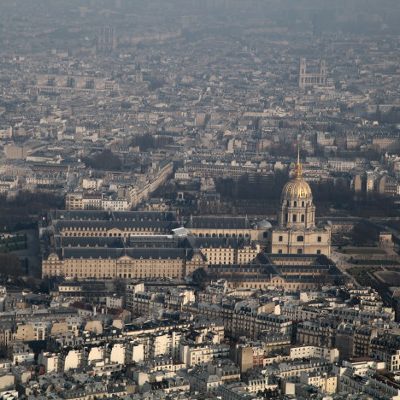
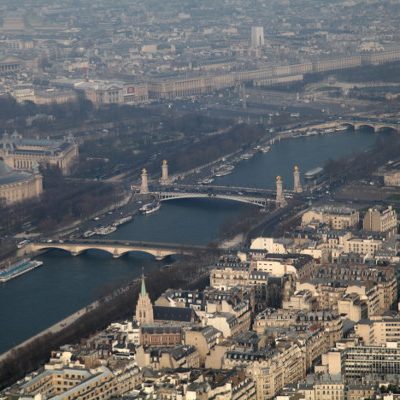
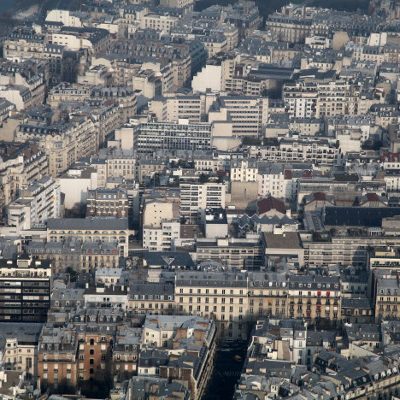
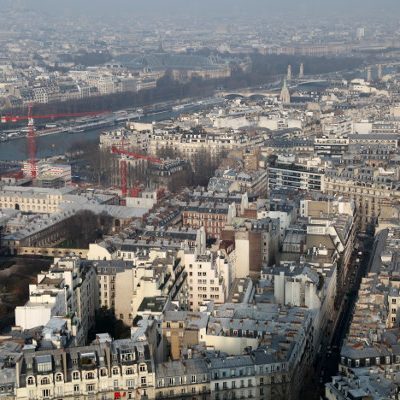
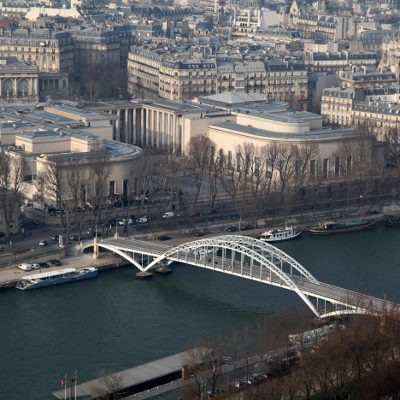
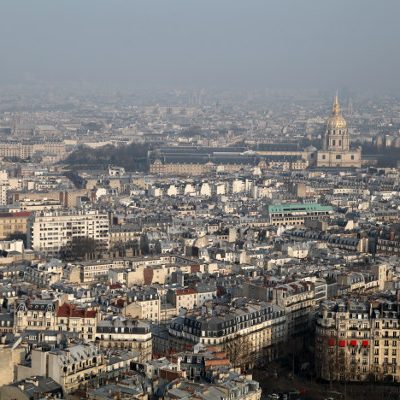
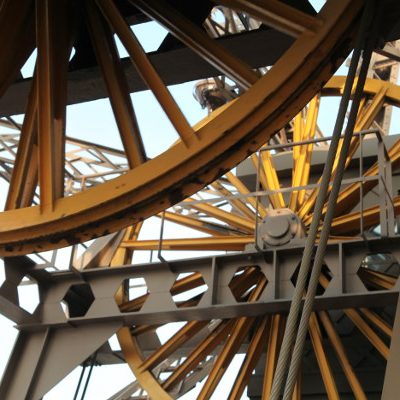

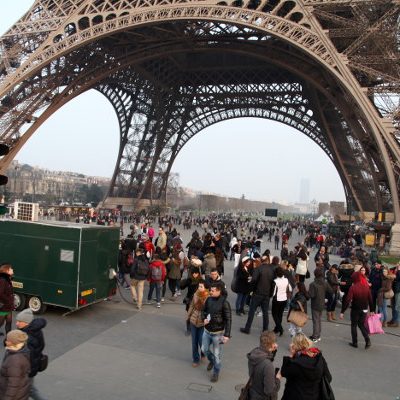
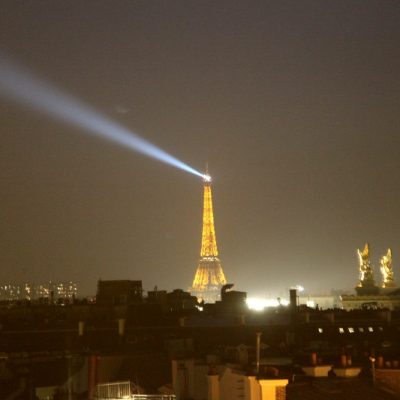
0 comments on “The Eiffel Tower”Add yours →